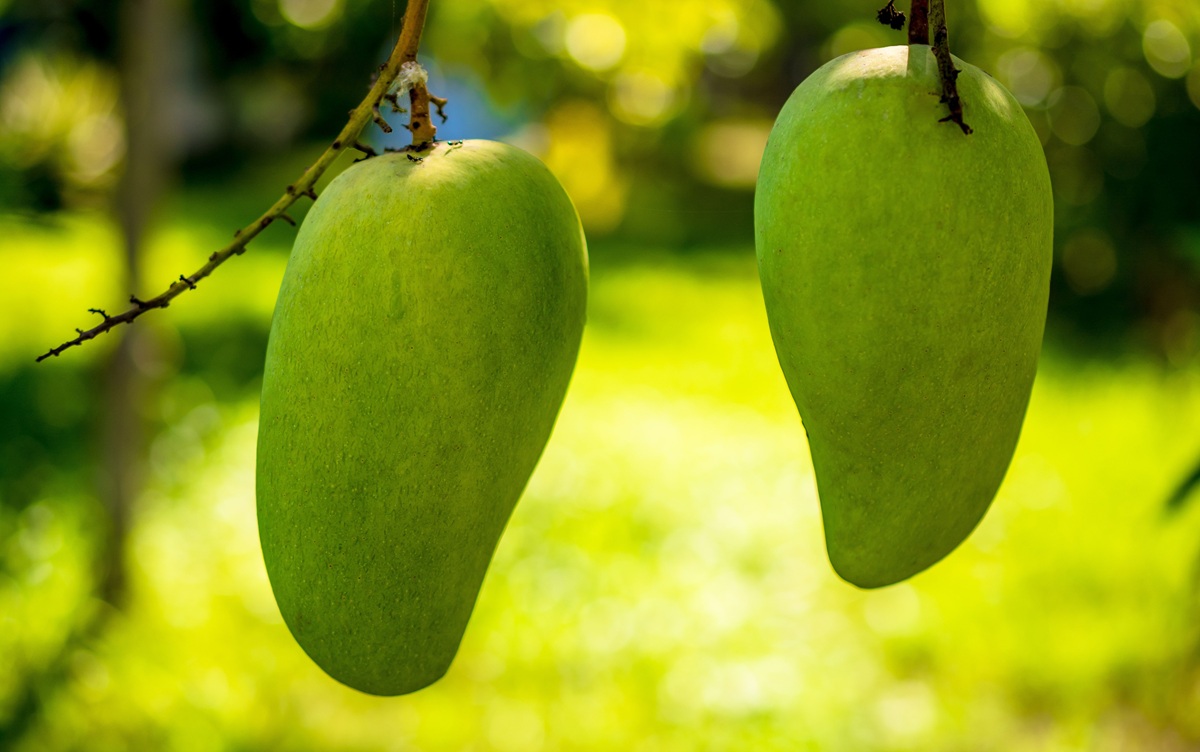
Challenge
In Thailand, the population in rural areas decreases every year, and the number of abandoned lands increases as people quit farming and start working in the cities. The land value remains high even in rural areas, however, and there is significant demand for purchasing farmland. Despite this, abandoned land often remains unsold and unused as property, highlighting the challenge of effectively utilising such areas. The effective use of unmanaged abandoned lands is important for protecting biodiversity, responding to climate change, and providing benefits to communities.
Solution
In rural Thailand, farmland can be broadly categorised into low-lying paddy fields and sloped areas for growing fruit trees and other crops. Despite the high economic value of paddy fields, many individuals balance farming with other occupations, making effective use of sloped farmland a significant challenge. A survey conducted by the reporter in Mae Tha district, located about an hour and a half from Chiang Mai, Thailand’s second-largest city, highlights efforts to address this issue by converting abandoned sloped farmland into agroforestry systems, which are managed during weekends and other limited periods throughout the year.
Overview
Transformative adaptation involves fundamental changes to reduce climate vulnerability and foster resilience. In agriculture, this often includes shifts in land use, crops, and technologies. This case study explores land-use conversion in Thailand, where abandoned land is repurposed for agroforestry, promoting climate adaptation, sustainable development, and improved livelihoods.
Details
Generally, when forests were abundant, they were managed through open access, without specifying who owned them. When deforestation became a significant concern, however, it was recognised that sustainable forest management was necessary, and this was implemented According to the FAO, “agroforestry” is “a collective term for land management systems where woody perennials (trees, shrubs, palms, bamboos, etc.) are deliberately integrated with agricultural crops and/or animals, in some form of spatial arrangement or temporal sequence” (FAO webpage). Agroforestry is a nature-based solution (NbS) that provides significant social, economic, and environmental benefits by diversifying production, increasing income, and enhancing food security. It is particularly valuable for smallholder farmers, offering greater resilience to climate change and additional advantages from trees that yield fruit, provide fodder, or improve soil fertility.
Challenges posed by abandoned lands in Thailand
The agricultural sector in Thailand employs about 30% of the labour force, but it generates the lowest value added per worker and has experienced declining growth, contributing only 10% to GDP by 2019 (United Nations Thailand, 2020). This trend is driven by industrialisation, which has led to population outflows from farming villages to urban areas and a growing preference among rural residents to pursue higher-income occupations instead of relying on farming as their primary livelihood. The reasons for this decline in farming include impacts from industrialisation, rise in educational levels and changes in people’s thinking, decline in harvest yields due to climate change, and struggles of small-scale farmers competing with large firms due to the commercialisation of agriculture.
As people move away from farming, abandoned farmland has become a pressing issue. Low-lying agricultural land, such as rice paddies, is less affected due to its reliable irrigation systems and high utility value. In contrast, sloped farmland in mountainous areas, often used for growing fruit trees, is frequently abandoned because it generates lower income and is perceived as having less value. However, much of this sloped farmland has historically contributed to forest management. Both national forest regeneration and agroforestry, which provides various benefits to the community, can be considered as options for the effective use of abandoned lands.
The benefits of agroforestry as a nature-based solution (NbS) have already been mentioned, but in the case of Thailand, ease of management is an additional advantage. During an interview with residents of a community in the Mae Ta district of Chiang Mai province in northern Thailand, one elderly man in his 70s explained his decision to convert abandoned sloped farmland for agroforestry. While he had no plans to pass on farming to his children, he wished to retain the land rather than sell it, preserving it as an option for his grandchildren if they chose farming in the future. It took him over five years to establish a sustainable agroforestry management system, but once stable, he could decide what crops and how much to grow, which provided him with a steady income. He describes the benefits as significant. In addition to a variety of native trees that are easy to manage and not intended for commercial purposes, his agroforestry farm also includes teak trees for future sale, along with mango, banana, and coffee trees.
Agroforestry as a solution
Previously the head of a community farming group, he began practising agroforestry after learning about it through an NGO. Similar to his approach when transitioning to organic farming, he first experimented with agroforestry and introduced it to others only after confirming its effectiveness. However, he acknowledges that the transition requires time, so only some people recognise its benefits or attempt to adopt it fully. Its application remains limited, often involving partial efforts such as planting teak and other types of trees for timber.
Transformative adaptation requires significant changes to established adaptation practices, often involving altering long-standing habits and mindsets within communities—a challenge that only a few individuals typically embrace. For agricultural reforms to succeed, they must be supported as part of national policy. Moreover, the widespread adoption of initiatives like agroforestry depends on community understanding and the availability of resources to implement them effectively. The Mae Tha district stands out as a region with strong potential for reform, offering a network for learning about new practices and a willingness among some residents to adopt them. Expanding successful initiatives from such regions to the national level is essential for transformation on a broader scale.